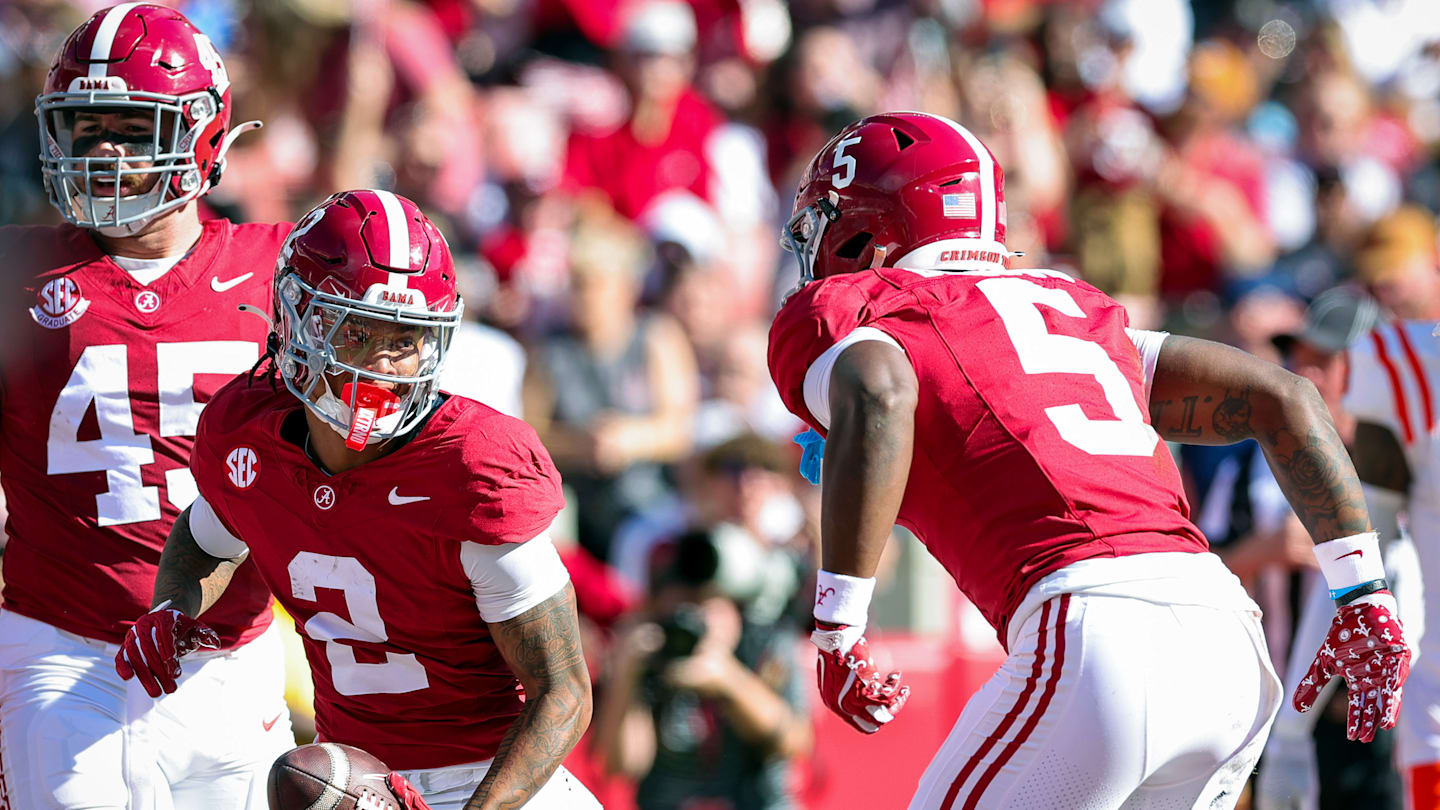Putting Penn State Football’s USC Travel Into Perspective

As Penn State football gears up for a pivotal matchup against USC this weekend, the Nittany Lions must also prepare for a nearly 3,000-mile journey across the country.
With the Big Ten expanding to 18 teams this season, increased travel to conference games was a major concern of skeptics. The Nittany Lions will experience this first-hand on Thursday when they begin their trek to the West Coast two full days before kickoff.
The long trip to take on the Trojans got us thinking: Just how big of an endeavor is Penn State’s journey to the Golden Coast? We did some research and provided some perspective on three categories of the Nittany Lions’ travels.
Mileage
The flight from State College Regional Airport (SRE) to Los Angeles International Airport (LAX) is approximately 2,250 miles as the crow flies. Unfortunately for Penn State, its journey is already off to an inconvenient start, as it cannot fly out of State College. Due to the short runway and large aircraft size, the Nittany Lions will be forced to drive 100 miles southeast to Harrisburg International Airport (MDT). From there, a flight of roughly 2,300 miles, elapsing just over five hours, will await them.
To put this in perspective, excluding the trip to USC, Penn State will travel an average of 602 miles to its away games this season. This means the journey to the City of Angels will amount to four times as many miles as what the Nittany Lions normally cover when they play on the road.
That is not to mention that all of the Big Ten stadiums that Penn State will travel to this year belong to teams that used to be in the Big Ten West. The average mileage this season is already inflated from what is typical, as no trips to Rutgers, Maryland, or Ohio State are in store.
Carbon Emissions
With all the travel that Penn State will be doing throughout the weekend, there is no doubt that there will be a significant environmental impact. On a flight from Harrisburg to Los Angeles, it is expected that each passenger will contribute to around 500 kg of CO2 emissions. On an average-sized aircraft of 150 people, that equates to a total of 75 tons of CO2 emissions for a one-way trip.
Don’t forget the Nittany Lions must also make the journey home to State College after the game. Double the number above, and you get 150 tons of CO2 emissions being released by the plane. This number, mostly due to the burning of jet fuel, is equivalent to what 9.38 American households produce annually.
While the team, coaching staff, and personnel make their way to California by air, the equipment truck has been on the road since the day following the UCLA game. An 18-wheeler truck emits about 0.162 kg of CO2 per ton-mile. With the average college football program transporting 13,000 pounds of equipment, this would equate to the vehicle releasing 5.42 tons of CO2 round-trip.
The additional 200 miles that the team will be traveling to-and-from Harrisburg, assuming the amount of passengers is the same as that on the plane, equates to 1.44 tons of CO2 emissions. This brings the grand total to 156.86 tons, strictly based on travel.
Time Zones
Penn State must adapt to a three-hour time change before kickoff on Saturday at 3:30 p.m. The last time the Nittany Lions had to adjust to such a difference was for the 2023 Rose Bowl. However, for that matchup against Utah, they arrived in Pasadena nearly 10 days before gameday. Penn State must overcome jet lag if it wants to have a fighting chance against the Trojans this weekend.
The Nittany Lions haven’t traveled to the West Coast during the regular season in quite some time. In fact, the last time Penn State squared off there in a non-bowl game setting was when it took on USC in 1991. In the four times they have played the Trojans in California, including bowl appearances, the Nittany Lions have lost all four.
But is that a result of the inability to adjust to the time zone? Or rather a question of the opponent?
Other than USC, Penn State has been rather dominant playing out west. It holds a winning record in the Mountain and Pacific time zones in the past half-century. The Nittany Lions have even earned a win in the Hawaii-Aleutian time zone courtesy of the 1983 Aloha Bowl. That game against the Washington Huskies was the furthest Penn State has ever had to travel — 4,700 miles!
Related
Does Michigan Football have the experience to make the College…
The Michigan Wolverines made it to the College Football Playoff for the first time in 2021 after beating Ohio State and winning the Big Ten Championship. Sin
Alabama football’s 2025 WR room is giving “Ryde Outs” vibes
Alabama football's WR room stagnated in the final years of the Nick Saban era in Tuscaloosa. The Crimson Tide went from a dominant run of recruiting and develop
Big 12 opener, historic Classic highlights HBCU football schedule
Courtesy of UAPB Athletics PINE BLUFF, AR.– The University of Arkansas at Pine Bluff Golden Lions football team has announced its 2025 HBCU football s
Top ten Ohio State football players entering 2025
There's great news, and just some OK news for the Ohio State football program. The great news is that the Buckeyes made good on their "national title or bust" s












